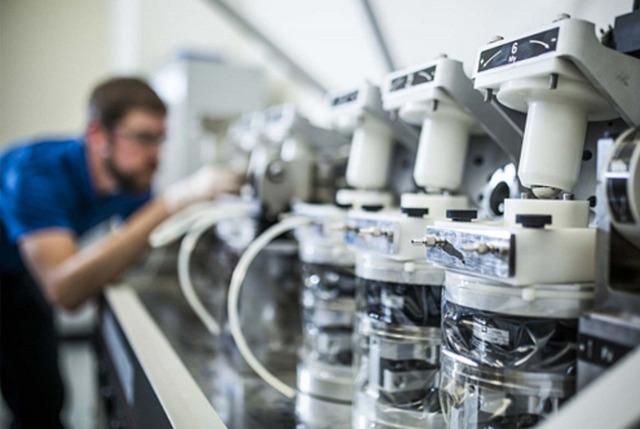This segment of China’s economy is expected to be one of the dynamic and growing markets in the healthcare sector by 2025. The sustained improvement in China’s medical device market is directly related to the nation’s investment in healthcare infrastructure. China continues to meet domestic demand for medical devices
Due to a growing chronic disease burden alongside population concerns, heightened awareness of healthcare and medicare reforms, the China Medical Device Market is expected to surpass USD 180 billion by 2025, ranking as the second-largest market after the US.
Healthcare Demand and the Elderly Population are Key Growth Factors
This is likely to drive the demand for sophisticated medical equipment like diagnostic imaging systems, cardiovascular monitors, rehabilitative equipment, orthopedic implants, and more. This is due to the rapid surge in medical device technology.
The expected increase of 60+ year olds in China is 300 million by 2025. In addition, the world is facing an increasing prevalence of non communicable diseases like cancer, diabetes, and respiratory illnesses, which are propeling the private and public sector investments in clinics, hospitals, and home care services. These all have a direct impact on the Chinese medicare device sector.
Increase in Domestic Competition, Increase in Research Developement Innovative and advanced technologies developed by the Chinese sector will have become established by this date North American researched grade devices. Country developed devices that will include advanced artificial intelligence for diagnostics as well health wearables, robotic surgery tools, and non-invasive surgery tools.Government support through initiatives like Made in China 2025 and Healthy China 2030 is accelerating R&D in biotechnology and medical technologies. Moreover, their grants, tax bolster, and collaboration with other research facilities is providing fertile soil for both startups and domestic giants.
Regulatory Reforms Supporting Industry Growth
Recently, the National Medical Products Administration (NMPA) has updated the new device approval processes which allows the entry of new devices into the market while ensuring a high level of safety and effectiveness.
By 2025, regulatory windows are more holistic and in sync with global benchmarks, which motivates foreign players to access the Chinese terrain via joint ventures, licensing, or direct investment. This policy modification incentivizes local innovations and foreign invetion at the same time.
Surge in Exports and Global Market Influence
Southeast Africa and Latin America are key emerging markets, and China is not just bloating their own medical device “stock,” but significantly increasing the export stock too. Alongside masks and other equipment, they are improving their standing as markign of the industry for imaging devices, syringes, surgical tools, and diagnostic kits. With improved industry and production, Chinese firms with cost benefits are taking prominent position in South East Asia and Africa as well as Latin America.
The COVID-19 pandemic showcased China's capability to scale medical device manufacturing. By 2025, this capacity will be leveraged for global competition in both traditional and high-tech categories.
Looking Further Ahead
The major distinguishing factor in the China medical device market during 2025 will be undergoing transformation – change from volume-based growth to value-based innovation. With increasing medical self-reliance and global competitiveness, there will always be ample opportunities for businesses willing to understand evolving regulations, local market dynamics, and global benchmarks.
Whether through advanced medical imaging systems, AI-based diagnostic tools, or surgical robotics, China is transforming the future of medical technology domestically and internationally.

